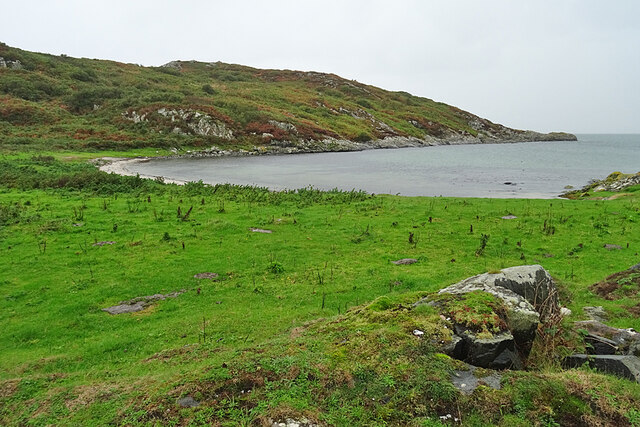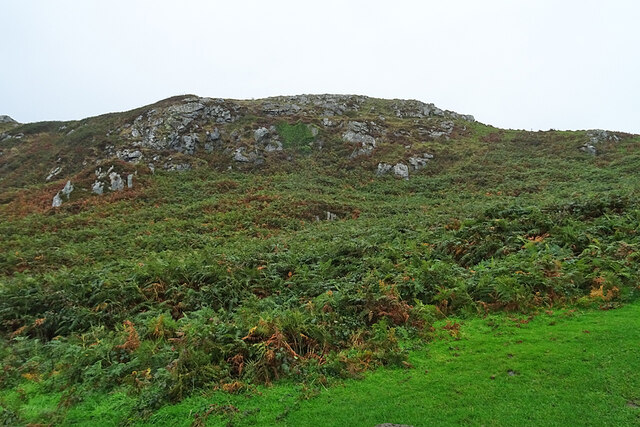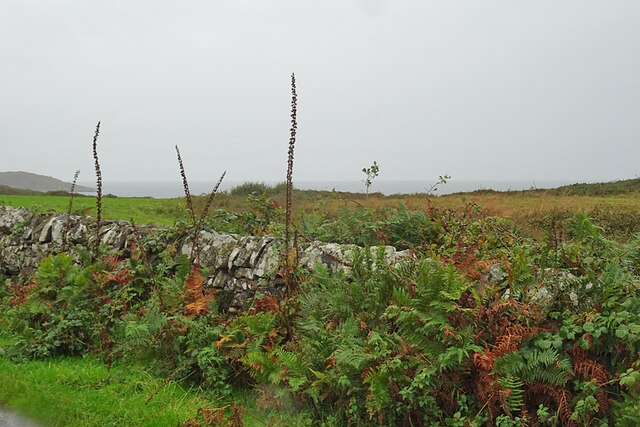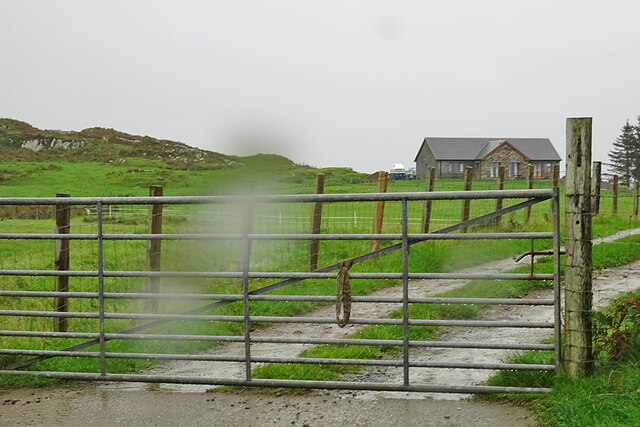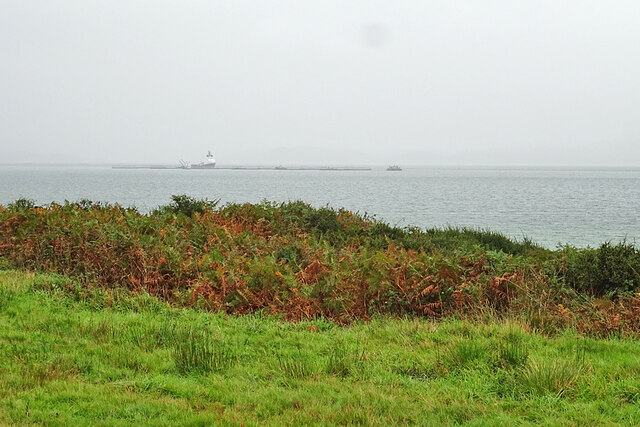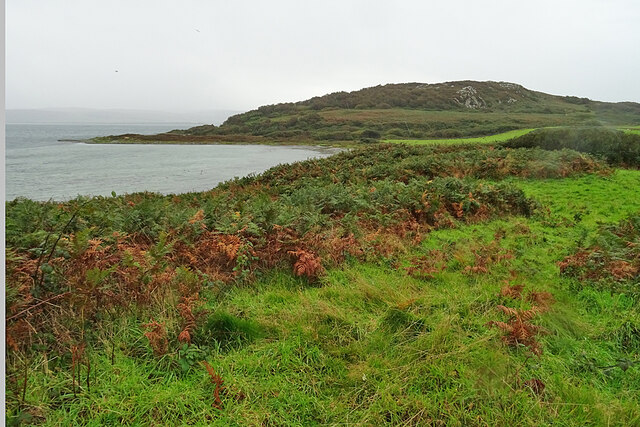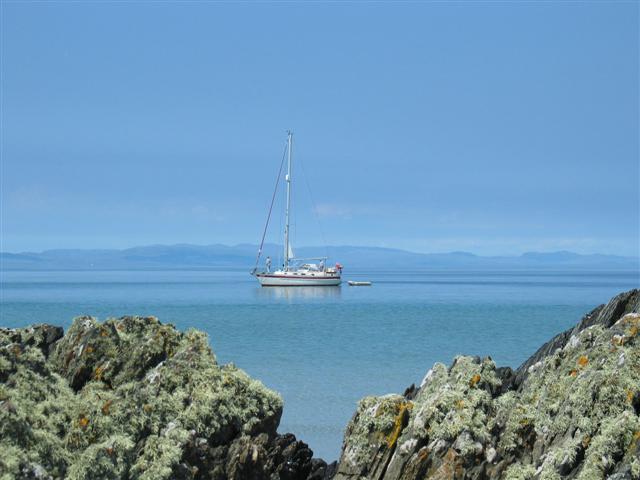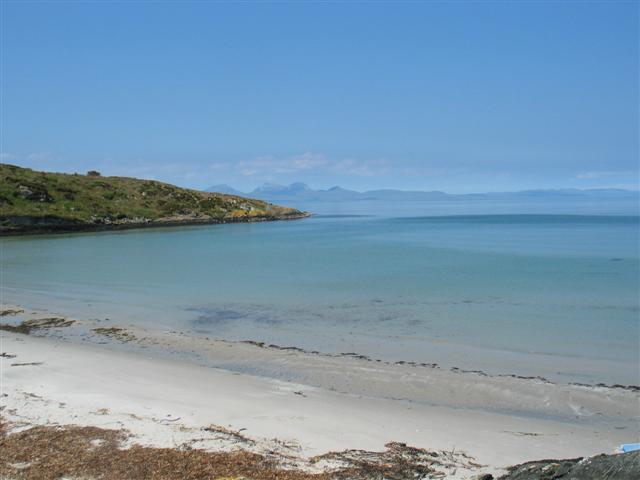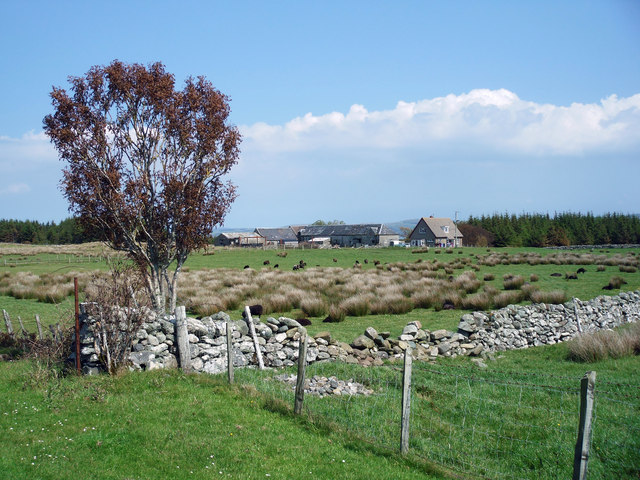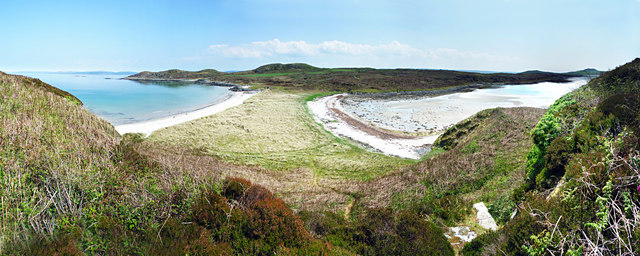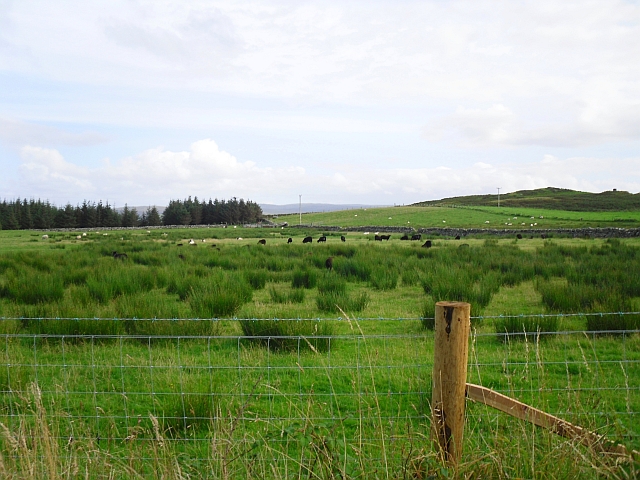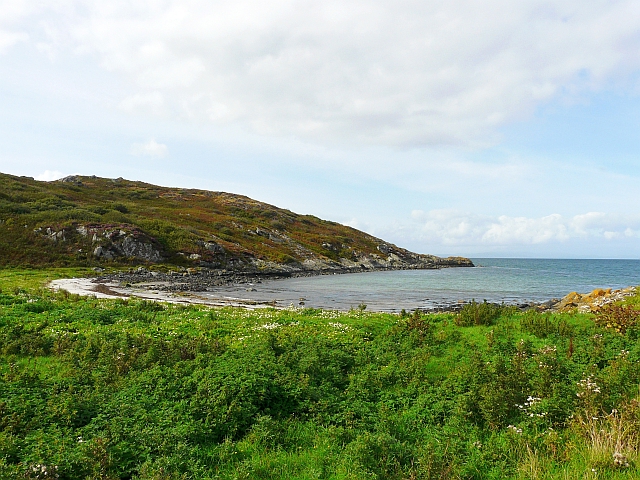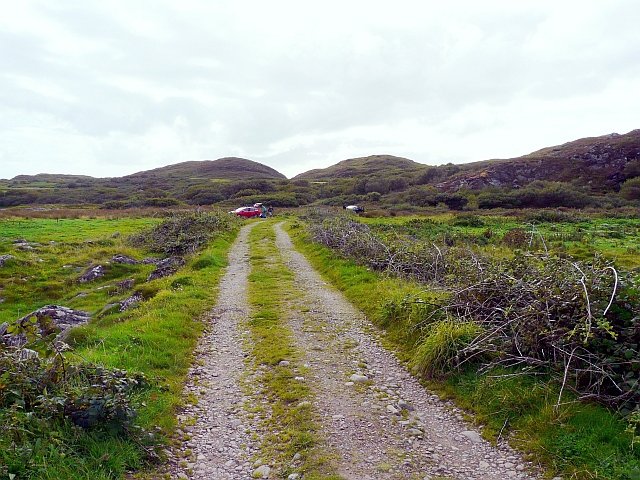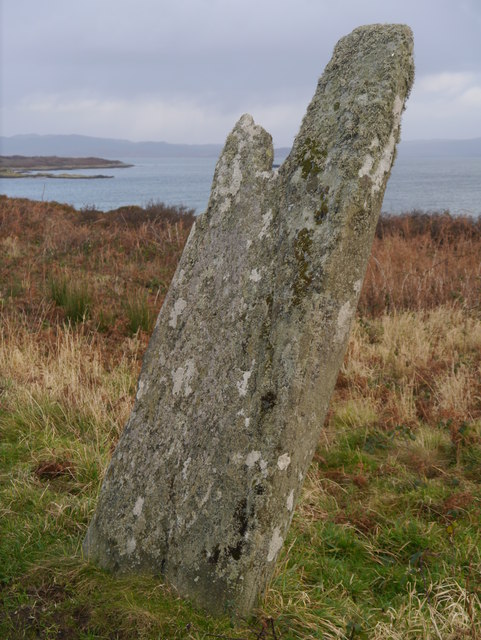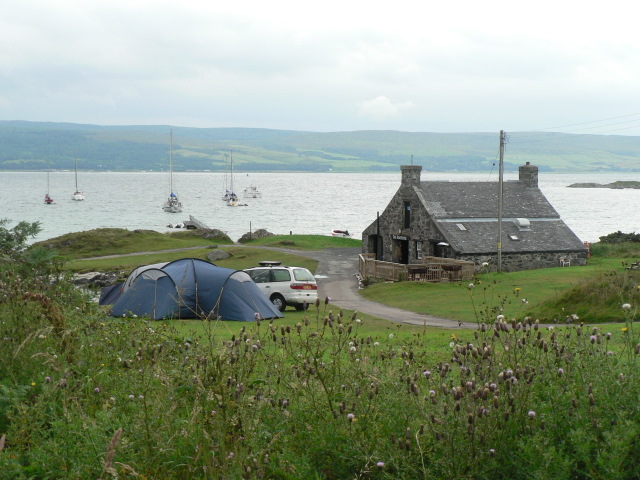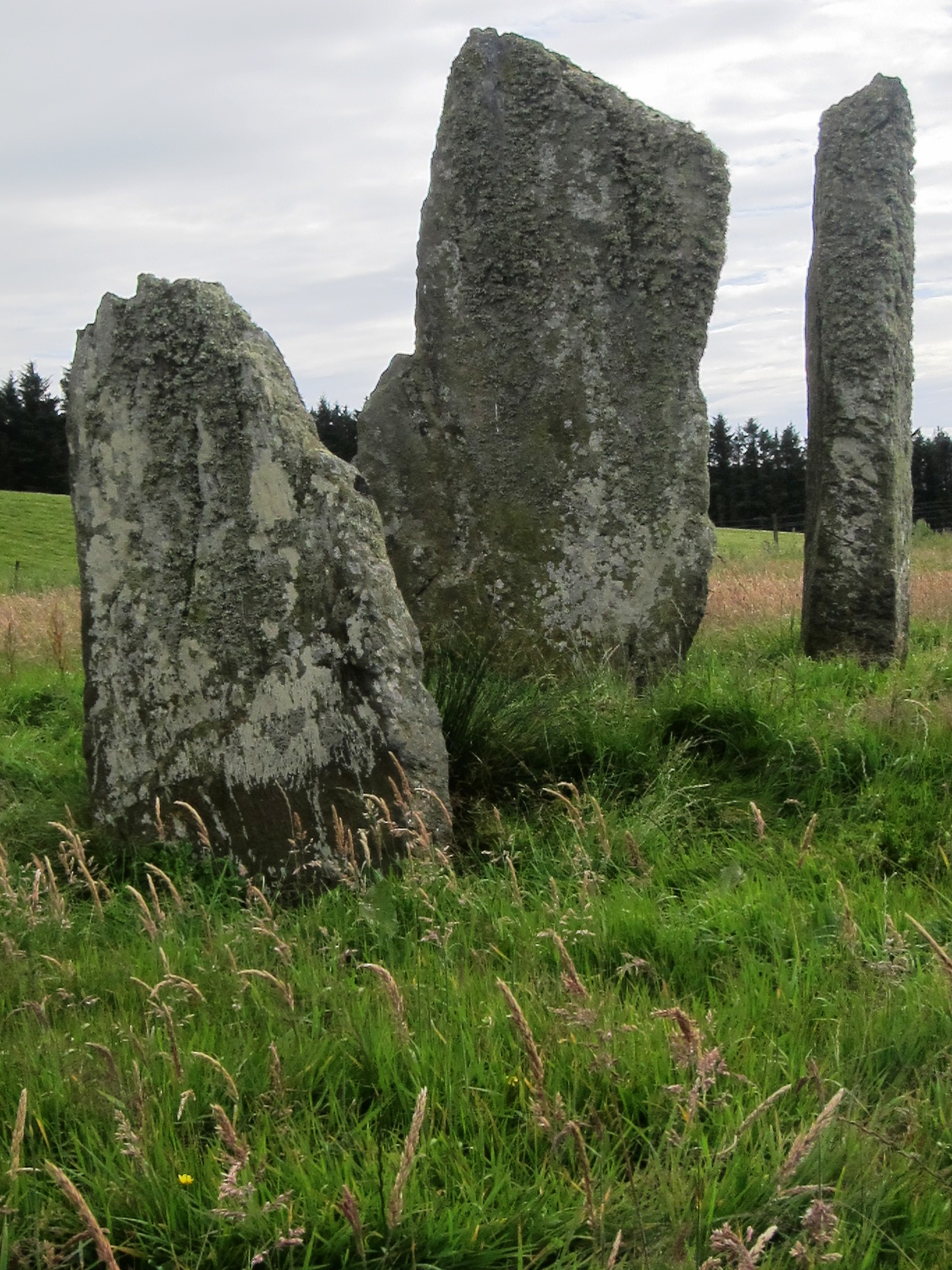Eilean Rubha a' Chairn Bhàin
Island in Argyllshire
Scotland
Eilean Rubha a' Chairn Bhàin
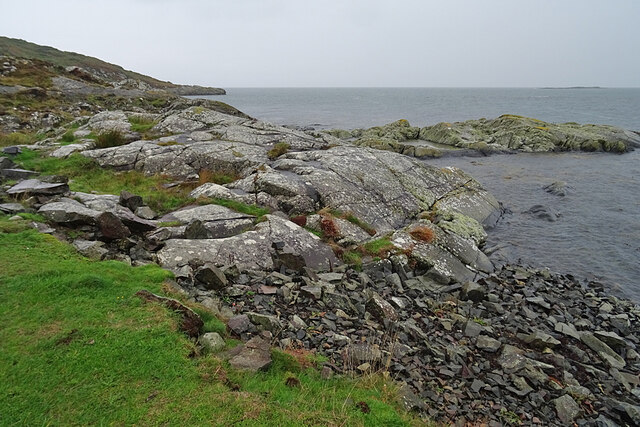
Eilean Rubha a' Chairn Bhàin, also known as the Island of Rubh a' Chairn Bhàin, is a small and uninhabited island located off the west coast of Scotland in Argyllshire. It is situated in the Firth of Lorn, approximately 1.5 kilometers north of the mainland.
This island is characterized by its rugged and rocky terrain, with steep cliffs that rise from the surrounding sea. The highest point on the island reaches about 47 meters above sea level. It is predominantly covered in grass and low vegetation, although there are also some areas of heather and bracken.
Eilean Rubha a' Chairn Bhàin is part of a designated Site of Special Scientific Interest due to its important geological and ecological features. The island is known for its rich birdlife, including various seabirds such as guillemots, razorbills, and kittiwakes, which nest on the cliffs.
In addition to its natural beauty, the island also holds historical significance. The ruins of a medieval chapel, dedicated to Saint Brendan, can be found on the northeastern part of the island. It is believed that the chapel was built in the 12th century and was used as a place of worship and pilgrimage.
Access to Eilean Rubha a' Chairn Bhàin is possible by boat, and it is a popular destination for birdwatchers, photographers, and those seeking a peaceful retreat in nature. The island offers stunning panoramic views of the surrounding coastline and is a haven for wildlife enthusiasts.
If you have any feedback on the listing, please let us know in the comments section below.
Eilean Rubha a' Chairn Bhàin Images
Images are sourced within 2km of 55.719417/-5.7131352 or Grid Reference NR6653. Thanks to Geograph Open Source API. All images are credited.
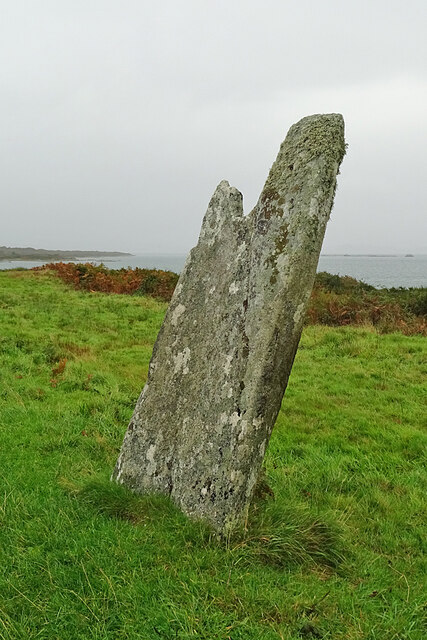
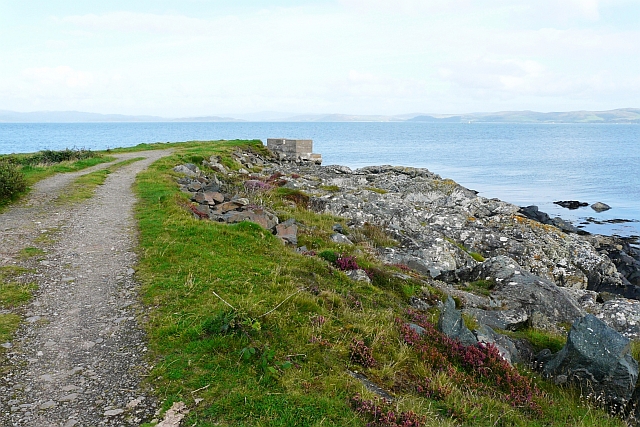
Eilean Rubha a' Chairn Bhàin is located at Grid Ref: NR6653 (Lat: 55.719417, Lng: -5.7131352)
Unitary Authority: Argyll and Bute
Police Authority: Argyll and West Dunbartonshire
What 3 Words
///kite.handicaps.dress. Near Craighouse, Argyll & Bute
Related Wikis
Sound of Gigha
The Sound of Gigha is a sound between the Inner Hebridean Isle of Gigha and Kintyre. It forms part of the Atlantic Ocean. == External links ==
Gigha
Gigha (; Scottish Gaelic: Giogha; Scots: Gigha) or the Isle of Gigha (and formerly Gigha Island) is an island off the west coast of Kintyre in Scotland...
Ballochroy
Ballochroy is a megalithic site in Kintyre on the Argyll peninsula in Scotland. It consists of three vertical stones, side by side, aligned with various...
Kilchattan Chapel
Kilchattan Chapel (St Cathan's Chapel) is a ruined medieval chapel near Ardminish, Isle of Gigha, Argyll and Bute, Scotland. Built in the 13th century...
Nearby Amenities
Located within 500m of 55.719417,-5.7131352Have you been to Eilean Rubha a' Chairn Bhàin?
Leave your review of Eilean Rubha a' Chairn Bhàin below (or comments, questions and feedback).
